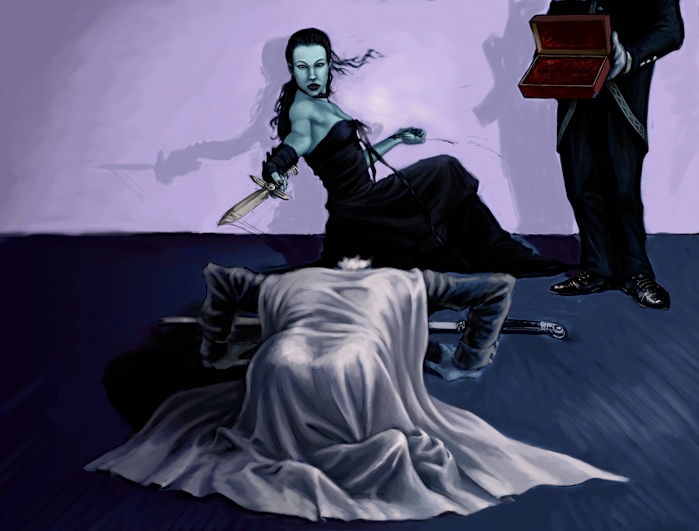
Recently this book caught Nicole’s attention and prompted us into a discussion about how the last live action roleplay game (LARP) I ran had a lot of similarities with the Masquerade LARP they analyze therein. Especially as there seems to be so many similar ideas being used toward similar ends it became an interesting exercise in examining the differences to better understand why the plugged had to be pulled on Flesh & Blood (F&B). After-game “decompression” for example probably would have done a great deal of good in my Requiem game given the level of paranoia I’d purposely instigated amongst the cast having seeded villains throughout their number and had been rolling them out over each chapter. The running joke in the Toronto community has long been that “Vampire” is the game “where you get together with your best friends to stab them in the back.” The opportunity to sit down with each other in a less adversarial space and share a few drinks while we recounted our evening’s exploits probably would have done a lot to help delineate the divide of character (PC) actions from the players who were often friends, and mitigate “bleed” between the two, as like with most Masquerade games ours ran high with emotion. The dialogue certainly would have gone a long way to reminding the cast that we were actually working toward a collaborative experience despite the antagonism or outright hostilities their characters might have for one another. Unfortunately this is something that needs to be institutionalized into the framework of the game as it will unlikely occur organically. And given that F&B partially ended do to trust issues, it certainly couldn’t have hurt.
F&B had been an attempt to move away from the style of roleplay – and frankly gameplay for that matter – that had become synonymous with the WoD LARPs that had dominated the North American live action scene at the time. With the release of Requiem it was an opportunity to start afresh with a re-imagined world and setting material that breathed the mystery back into a game long suffering from its “secrets” and stats being common knowledge among the players by providing a highly customizable toolkit that was reinforced with myriad sample cities clearly encouraging the storyteller(s) and their cast to strike out on their own and establish a continuity better tailored to their collaborative narrative. Certainly not having everything already defined freeing the storyteller(s) able to embrace the flexibility being offered by the new mechanics, not to mention curtailing the frequent arguments you would have to endure from rules lawyers, it instead let everyone focus on playing and enjoying the story being told along. Along with some extensive costuming, that really helped the suspension of our collective disbelief. Toronto LARPs in fact tended to value this sort of immersion. The stories that are most often retold, and the moments best remembered are not plot driven ones, but the big in-character moments that resonated emotionally. F&B certainly aimed toward that end and succeeded in many ways, and was certainly fortunate that physical combat, or even casual power use for that matter, within game-time (not “downtime” or “offboarding” time) rare.
The re-establishment of the feudal city-state brought things back to a very local level, such that cities like Ottawa or Montreal were considered far-flung, while places like New York remained a mystery and a threat. Over this the added dimension of “clan” (bloodline) and “covenant” (ideological allegiance) provided a new tension of family versus “political” association, while expanding the range of possible characters typically curtailed by the more “clan” centric Masquerade setting. Interestingly the addition of “covenant” ended up allowing F&B to focus on the complications family broods might cause when the lineage found itself on differing sides of the city’s ideological spectrum, and ended up perhaps being the strongest tie for many of the characters in the game.
So while I didn’t have any background in Nordic LARP here’s the surprising number of similarities between the two:
Interviews – Every player that came into game was interviewed beforehand about their interests, their character, and their in game goals. This process also made it easier to determine which characters might be put together such that more established players could help the “newbies” entry, while providing the existing PC additional support for their ongoing plans and struggles. However I was also keenly aware that not all games are for everyone, and certainly can’t be expected to be all things to all people. If it didn’t seem like they were interested in adjusting their concept, or the style of play we were going for, then I would try and redirect them to another game more closely aligned with their interests.
Conflict – While “humanity” remained an important component to the game, colouring many of the interactions characters had, while measuring their inevitable decline to the “Beast,” personal conflict was the key. PCs were flawed and in a constant state of struggle that would sometimes even manifest in the actions and attitudes of the Non-Player Characters (NPCs). Conflict between elder, ancillae, and young vampires were the order of the day, but often confusing to “outsiders” as they were typically focused on their “familial” struggles (both external and internal) that in some cases reached back to the founding of the country, easily dominating the personal stories of characters attached to these broods.
Elders – “The elder characters are tragic [sic] characters in [sic] their own [right], who are filled with emotions as much, or even more [so] than any other character, who are losing more than any young vampire can imagine, and…weave webs to protect themselves, and [sic] fight their…struggles out of paranoia, fear of loneliness, boredom and habit.” Again, this could more or less be said about F&B. Elders were as often an object of pity as fear, and faced the threat of torpor once they’d been “awake too long.” That phrase came to equal “a little senile, but in a scary sorta way.”
Connections – PCs had to have at least one relationship tie to another character, though most entered the game with multiple contants via clan, covenant, and family. Players that were primary to another character’s life were brought in as early as possible, often in character creation. “Covenants,” coteries (gangs), and broods developed background and relationships together, but sometimes came to the same conclusions totally independent of one another (on the site the Dorat lineage are a good example of this type of synchronicity in action).
Story – “Every character…played in the game has his or her own story, in which he or she is the main character – experiencing all that the character experiences is the goal of the game. There is no main storyline but the summation [of] these [sic] personal stories, interconnected and entangled with each other, in such a way that characters become co-dependent… that…forces them to stay in the same courts continuing their battles eternally.” This could have more or less been written about F&B. There was a basic family feud already built in, but the PCs were otherwise the principle actors that made the story happen.
Multiple Truths – History was portrayed very differently to different characters to emphasize how the “Beast” warps memory, and the way stories are told to eliminate objective truth.
Things that might have helped:
“Lions” – Like most things in F&B preludes were a one-person show. “Lions,” as the Nordic-style Masquerade game terms them, were actually used in an in-play context with several characters being “possessed” or “haunted” by regular long-term NPCs who were otherwise handled solely by me. However, having access to members of the cast specifically available to sit in for backstories and flashbacks may not only taken some of the stress off the organizing and running of the game, but bring a richer experience to the new player’s entry, and build a stronger sense of community amongst the cast, investing them in stories other than their own. F&B preludes typically stemmed from the initial background the player came with, which we’d then hash out integrating the concept into the narrative, before having them come out to a downtime and introduce them to the players whose characters might have ties with theirs. So while there’s certainly room here to discuss the pros and the cons of the differences, the main takeaway is that additional help is generally useful.
I’ve had a lot of discussions about whether the WoD content itself encourages certain mindsets that have to be actively countered in the community – paranoia, competition, and distrust – that the plus side of hearing about a game that’s worked with these concepts and done so successfully for quite an impressive amount of time is that a) there was a lot happening in F&B that was working for it, and that b) it is possible to work with vampire themes without it having to impact players personally.
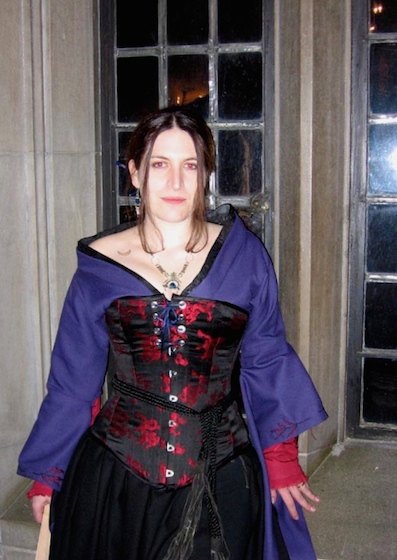
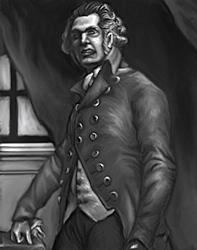

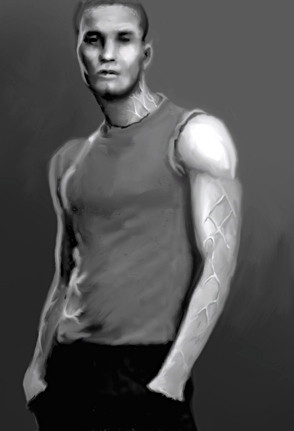
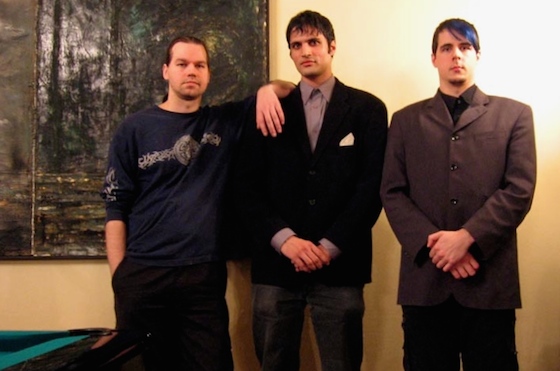
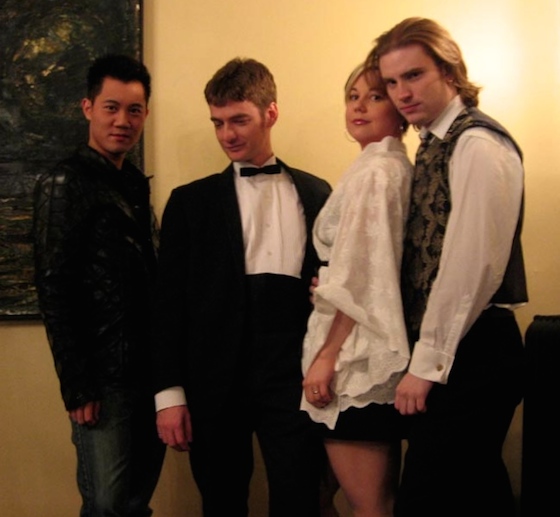
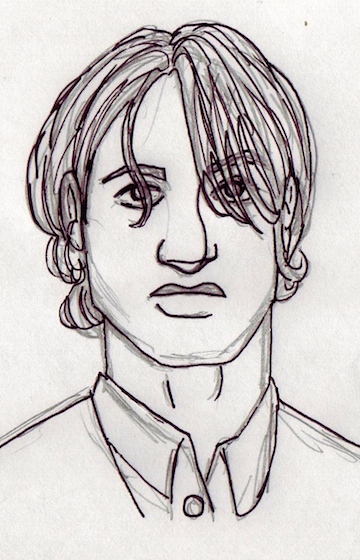
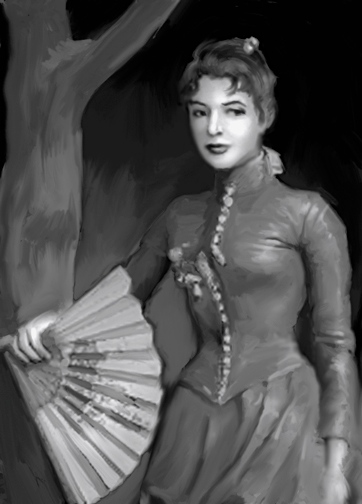
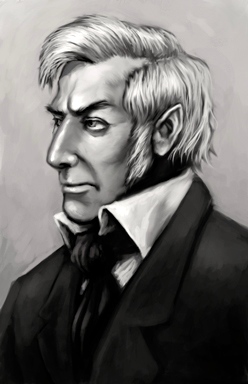
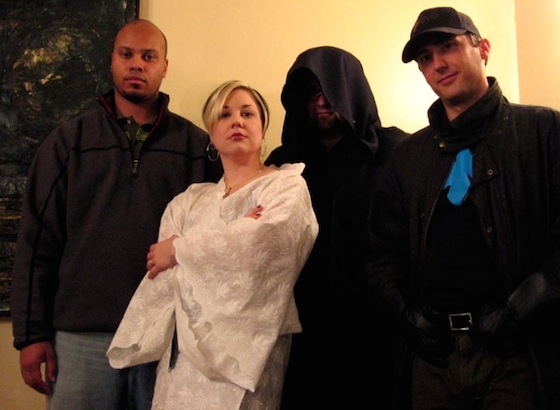
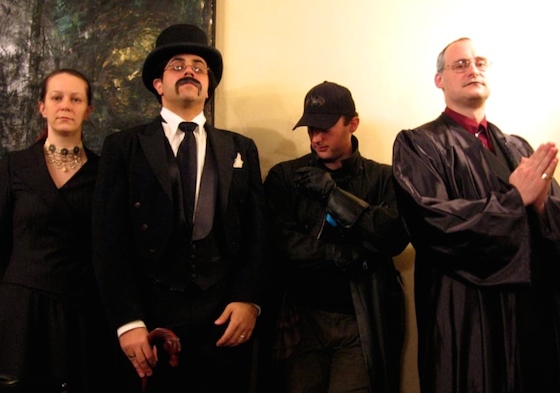
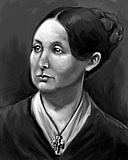

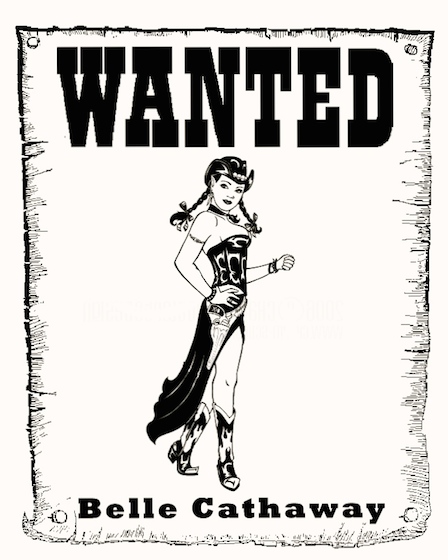
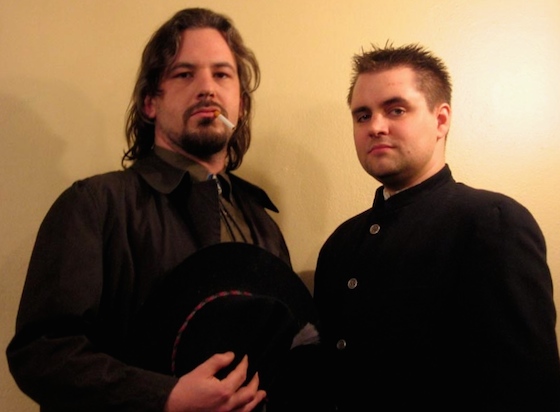

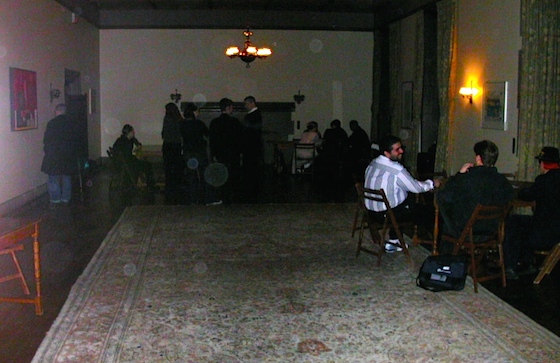
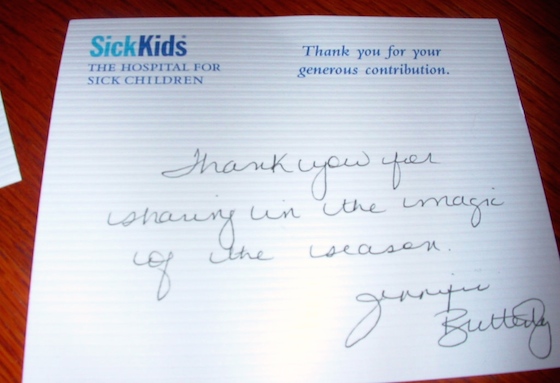
![Future of LARPing [Repost]](http://www.cultureaddicthistorynerd.com/wordpress/wp-content/uploads/2011/04/gaming-150x150.jpg)
![Why I LARP: GenCon 2014 [Repost]](http://www.cultureaddicthistorynerd.com/wordpress/wp-content/uploads/2014/08/whyilarp-pacificrim6-150x150.jpg)
![Where to Find Us at GenCon 2014 [Repost]](http://www.cultureaddicthistorynerd.com/wordpress/wp-content/uploads/2014/07/1185815_10151667200503155_1558208105_n-150x150.jpg)
![White Wolf’s Convention of Thorns [Photos]](http://www.cultureaddicthistorynerd.com/wordpress/wp-content/uploads/2017/01/castlegrounds-cot-150x150.jpg)
![Difference Between a LARP & LARP [Repost]](http://www.cultureaddicthistorynerd.com/wordpress/wp-content/uploads/2014/12/wizardrycollege-crest-150x150.jpg)
![Nordic Larp Talks: Wizardry 101 [Repost]](http://www.cultureaddicthistorynerd.com/wordpress/wp-content/uploads/2015/04/czocha-castle-150x150.jpg)



































